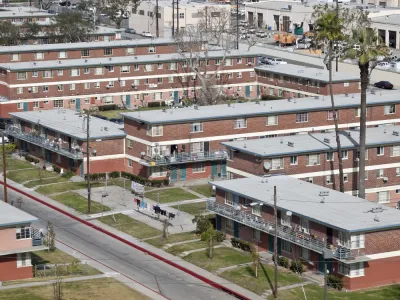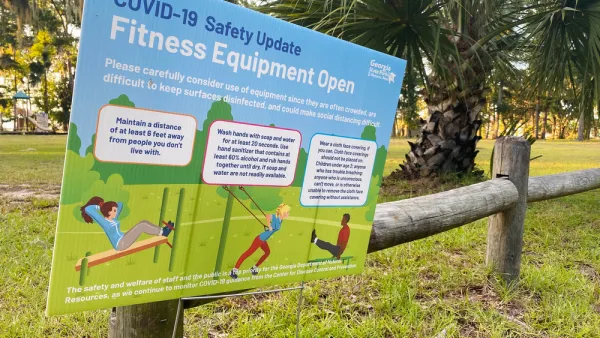Some elements of affordable housing—from the development process to the way buildings are managed—are rooted in racist assumptions that dehumanize residents. Here are some simple ways you can be a better housing provider.

Many mission-driven affordable housing providers view the creation of quality, affordable homes as one opportunity to right past wrongs. Decades of redlining, segregation, and a lack of economic and sociopolitical opportunities have negatively affected the lives of people of color.
However, too often we fail to recognize that some elements of affordable housing—from the development process to the way buildings are managed—are rooted in racist assumptions that dehumanize residents. Many times, the people who lead the decision-making around development and operations are not the ones with direct insight and expertise as to what it’s like to actually live in affordable housing. That disconnect can compound harmful policies and practices around everything from building design to the way that management communicates with residents.
How can we as a field expect to improve the quality, conditions, and inclusivity of a property without robust input from residents? Dissecting and addressing these challenges requires a critical eye, openness, the desire to improve, and a willingness to undergo a long, hard look at the ways even well-meaning housing organizations cause residents harm and undermine any mission to promote equity.
How We Signal Distrust
One way housing organizations can “right the ship” is by taking a close look at how they communicate—both directly and indirectly—with residents. Whether we realize it or not, all processes in housing development and operations convey certain messages to residents. For instance ...
FULL STORY: How Affordable Housers Perpetuate Past Harms, and How They Can Do Better

Analysis: Cybertruck Fatality Rate Far Exceeds That of Ford Pinto
The Tesla Cybertruck was recalled seven times last year.

National Parks Layoffs Will Cause Communities to Lose Billions
Thousands of essential park workers were laid off this week, just before the busy spring break season.

Retro-silient?: America’s First “Eco-burb,” The Woodlands Turns 50
A master-planned community north of Houston offers lessons on green infrastructure and resilient design, but falls short of its founder’s lofty affordability and walkability goals.

Test News Post 1
This is a summary

Analysis: Cybertruck Fatality Rate Far Exceeds That of Ford Pinto
The Tesla Cybertruck was recalled seven times last year.

Test News Headline 46
Test for the image on the front page.
Urban Design for Planners 1: Software Tools
This six-course series explores essential urban design concepts using open source software and equips planners with the tools they need to participate fully in the urban design process.
Planning for Universal Design
Learn the tools for implementing Universal Design in planning regulations.
EMC Planning Group, Inc.
Planetizen
Planetizen
Mpact (formerly Rail~Volution)
Great Falls Development Authority, Inc.
HUDs Office of Policy Development and Research
NYU Wagner Graduate School of Public Service




























